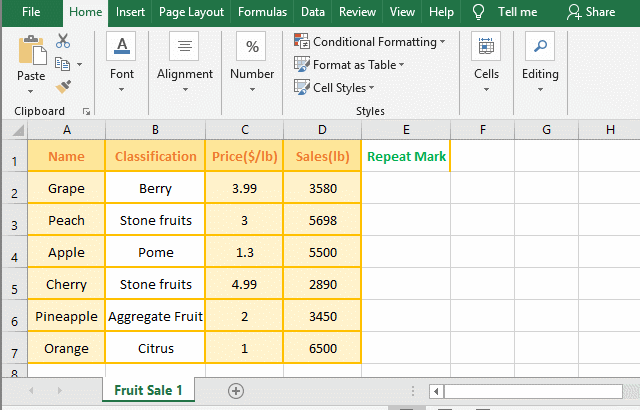


To return the matching values for other users, we can drag the formula down: Add a comma/semicolon and enter FALSE to return the exact match.In the formula bar, add a comma/semicolon and enter the column number, which contains the matching value to return.So, basically, you can manually type the range to lookup using the following sample: dataset!$A$2:$F$101 In our case, the unfinished formula looks like this: Enter a comma/semicolon (depending on the list separator defined under your regional settings), click on the spreadsheet with the range you want to look up and select the desired range.

You can enter a string wrapped in quotes or reference a cell just like we did: Type =vlookup( in the B2 cell of the users workbook.The lookup values are stored in another spreadsheet, titled “ users“. The data was imported to the workbook titled “ dataset” – this is our lookup range. Read more about Microsoft Excel integrations for data export on a schedule. We imported a dataset from Google Sheets to Excel using Coupler.io, a solution for automatic data exports from multiple apps and sources.
#HOW TO USE VLOOKUP IN EXCEL FOR COMPARING TWO COLUMNS HOW TO#
How to vlookup another Excel Online file How to vlookup another workbook in Excel


 0 kommentar(er)
0 kommentar(er)
